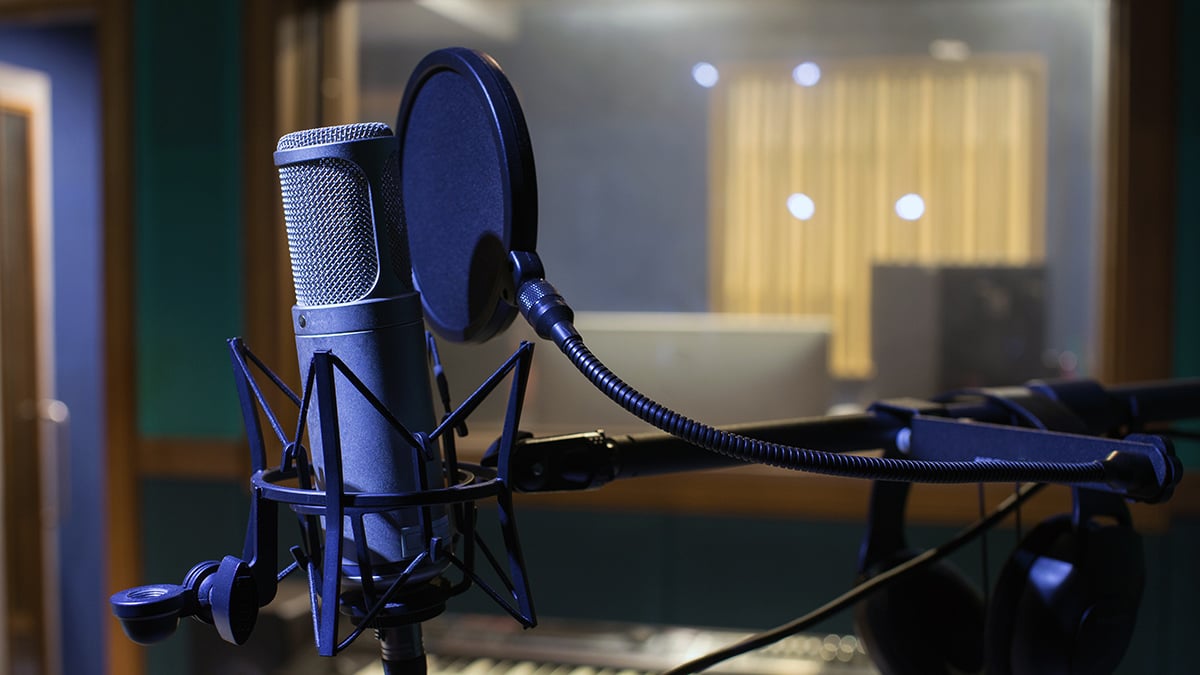Four Tips To Help You Achieve a Pro Vocal Sound

If your track features vocals, they will often be the element that attracts most scrutiny from your audience. It is therefore vital that you process them carefully, to ensure that you present them in their best possible light. Below are four pointers that will help you to do just that.
1.Smooth Out Volume Levels
You will undoubtedly be using a compressor on your lead vocal, and to some extent this will of course even out the levels between the quieter and louder sections of your lead vocal. However, if there is real dynamic range in the vocal performance, a compressor alone will only be able to smooth out a vocal performance so much before the vocal starts to sound over-compressed. This can squeeze the life out of a performance, and so it is often wise to automate the volume level of your lead vocal to some extent before it hits your compressor. There are different ways of doing this, from automating the volume fader on a channel, to changing the gain of individual regions to using a plug-in such as Waves 'Vocal Rider'.
2. Be Careful With Tuning Software
Are you using tuning software on your vocals? This probably depends a little on the genre you are working in. If you are recording a punk or lo-fi indie track you might not need to tune the vocals (although you still might), but if you are working in pop or EDM, you will almost certainly need to use a tool such as Autotune or Melodyne. In these genres it has become standard practice to use these kinds of plug-ins, even on great lead vocal performances. However, it is worth remembering that you don't need to tune every note so that it is 100% in tune. This can lead a vocal to sound unnatural – a desirable effect in some cases, but not necessarily what you are always after. Most tuning software will allow you to give the tuning a percentage value; so you can, for example, move each note 70% of the way towards the grid. This can tighten up the tuning on a vocal nicely, while still leaving a little character in the performance.
3. Good Alignment is Vital
How many vocals do you have singing the same words at the same time? In the chorus, you might easily have a lead and double-track plus four harmonies, all singing the same words. If you do, you will need to do some work to make sure that all those parts are well lined up. Hard consonant sounds are particularly important to get into line – if six vocals all pronounce a 't' at slightly different times, the affect can be very messy. Again, there are different ways to do this; you can do the editing manually, or you can have software such as Vocalign do it for you.
4. Don't Forget About the Breathing
You might want to think about reducing, or removing the sound of your singer taking breaths between words. Removing the breaths completely can sound a little strange, but it can often be beneficial to bring them down a little in a mix – they can get particularly loud if you have heavily compressed your vocal. Once again, you can take the manual route, and pull down the level on each breath separately, or you can use a plug-in such as Waves DeBreath, which will separate your vocals and breaths onto two separate tracks. You can then decide on exactly how you want to blend these two elements.



Comment on this post on SoundGym Community